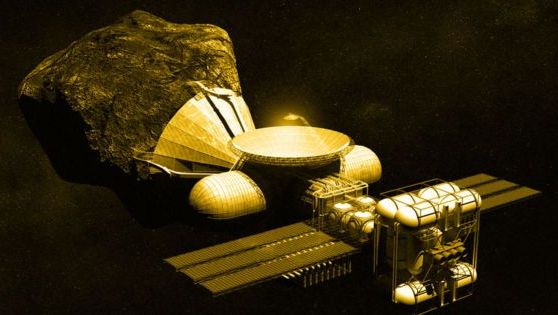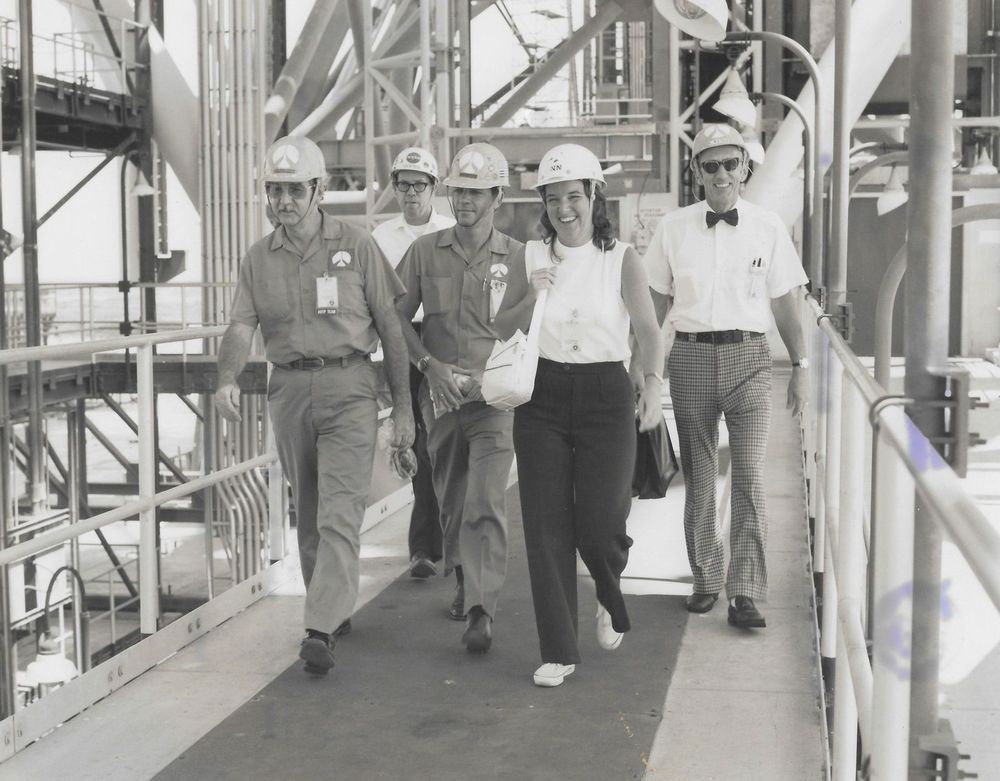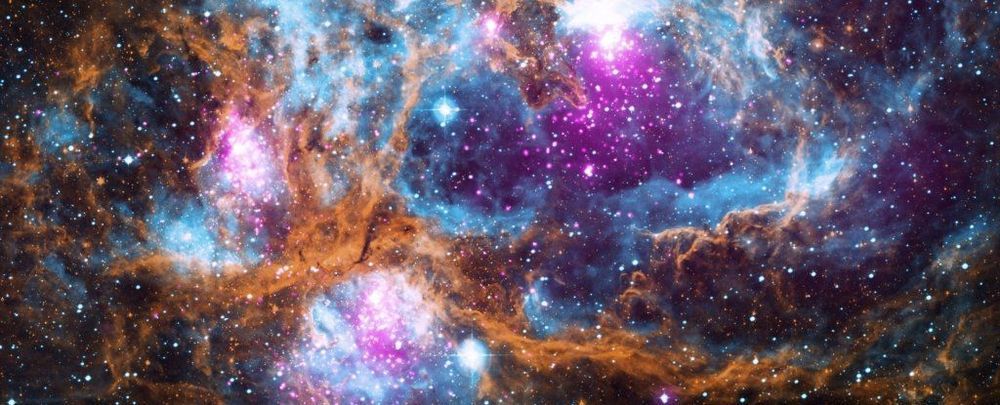Taking our productive capabilities, and the search for the resources that powers them, to space might one day be an inevitability.



It sounds like science fiction, but the idea of moving heavy industries off Earth seems far less far-fetched ever before.
Collecting resources from other planets or asteroids instead of using up what little we have left on Earth could be the key to ensuring that human beings survive, Discover Magazine reports.
“The solar system can support a billion times greater industry than we have on Earth,” Phil Metzger, a planetary scientist at the University of Central Florida, told Discover. “When you go to vastly larger scales of civilization, beyond the scale that a planet can support, then the types of things that civilization can do are incomprehensible to us.”


For the first time, scientists have used artificial intelligence to create complex, three-dimensional simulations of the Universe. It’s called the Deep Density Displacement Model, or DM, and it’s so fast and so accurate that the astrophysicists who designed it don’t even know how it does what it does.
What it does is accurately simulate the way gravity shapes the Universe over billions of years. Each simulation takes just 30 milliseconds — compared to the minutes it takes other simulations.
And, even more fascinatingly, DM learnt from the 8,000 training simulations the team fed it — vastly extrapolating from and outperforming them, able to adjust parameters in which it had not even been trained.
* Scientists Took an M.R.I. Scan of an Atom * Former NASA Flight Director Gene Kranz Restores Mission Control In Houston * Jeff Hawkins: Thousand Brains Theory of Intelligence
* Google’s robots.txt Parser is Now Open Source * Dear Agile, I’m Tired of Pretending * 4 Ways to Debug your Deep Neural Network
* How 3D printing allows scientists to grow new human hairs * NASA is testing how its new deep-space crew capsule handles a rocket emergency * Fake noise will be added to new electric cars starting today in the EU .

Interstellar object ‘Oumuamua — that strange, cigar-shaped chunk of rock from somewhere a vast distance beyond the Solar System — is, new research has concluded, absolutely, positively not an alien spaceship.
OK, well, probably not. We can’t tell for sure without closely examining the thing, and it’s passed beyond our reach now. But, after carefully reviewing all our observations of the object, the international team of ‘Oumuamua scientists has concluded that everything we know about it is consistent with a natural origin.
We already mostly knew this. But a paper last year from Harvard astrophysics enfant terrible Avi Loeb briefly suggested the possibility that the rock was an alien probe. It was like a spark to dry tinder, honestly, and other scientists have been running around with buckets ever since.

The geth (“Servant of the People” in Khelish) are a race of networked artificial intelligences that reside beyond the Perseus Veil. The geth were created by the quarians as laborers and tools of war. When the geth became sentient and began to question their masters, the quarians attempted to exterminate them. The geth won the resulting war, and reduced the quarians to a race of nomads.
The history of the geth’s creation and evolution serves as a warning to the rest of the galaxy of the potential dangers of artificial intelligence and to the legally enforced, systematic repression of artificial intelligences throughout galactic society.

The Hubble Space Telescope recently spotted a gorgeous “in bloom” spiral galaxy and it shows vibrant star formation pockets that look like red flowers.
The spiral galaxy, which is named NGC 972, was shared by the Hubble Space Telescope on Monday, July 1. NGC 972’s orange-pink glow comes from hydrogen gas reacting to intense light beaming outwards from neighboring newborn stars, said a Hubble Space Telescope press release. These bright patches, which are scattered near various cosmic dust streams, are “blooming” like roses in NGC 972.
